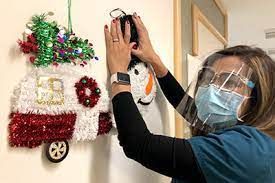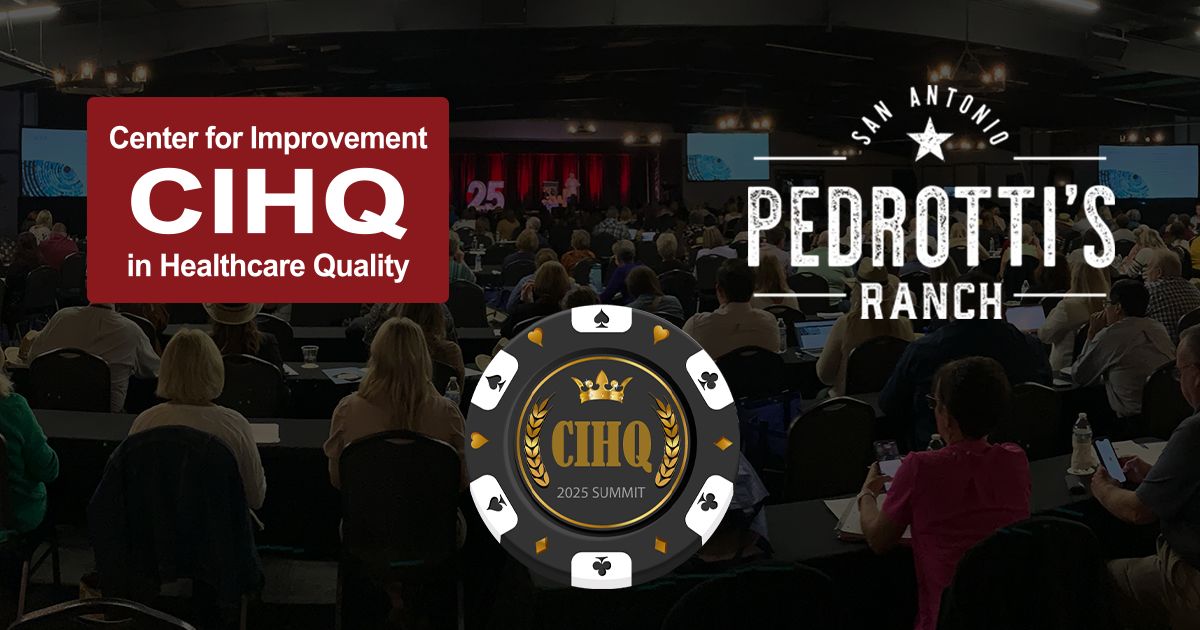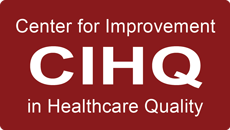Prevent Adverse Outcomes Through Development of Infection Prevention and Quality Improvement Program
Helpful reminders that can help to ensure safe patient outcomes and reduce risk of infection in your healthcare facility
october 2021
By Jody Randall MSN, RN, CIC, HACP-CMS, HACP-PE
CEO and Founder
Happy International Infection Prevention Week Oct 17-23, National Healthcare Quality Week Oct 17-23, National Health Education Week Oct 18-22, Respiratory Care Week Oct 24-30, Medical Ultrasound Awareness Month, National Breast Cancer Awareness Month and National Physical Therapy Month from HCE!
Infection Prevention Tips
Although we cannot say enough about the importance of good hand hygiene compliance, we can assure you that in general, compliance rates have gone up significantly throughout the course of the Covid-19 pandemic. This is truly something to celebrate! It is still critical to ensure that employees are well trained on proper hand hygiene technique, however. For instance, do staff understand when to wash their hands with soap and water vs. hand sanitizer? It seems simple, but we can assure you that when asking this question, you will get an even mix of responses.
Hand sanitizer is perfectly acceptable when performing most general duties. It is quick, requires very little activity and studies suggest that this method is 99.99% effective in preventing the spread of germs and infection. Be sure employees do understand that this is not an acceptable method of cleaning their hands when dealing with any blood or bodily fluids. The soap and water method are considered to be most effective when caring for patients who are on enteric isolation precautions. If your organization has a well trained Infection Preventionist on staff, then rest assured that there is a good chance that your employees are aware of which method to choose when providing day to day care to patients.
It is important to incorporate this training into your existing infection prevention program. This education should be done as a part of any new employee orientation as well as on an annual basis. Never assume that even your most seasoned healthcare team members understand which method to choose when incorporating best practice into their daily routine.
Healthcare Quality Improvement Tips
Proper identification of a patient would seem to most a simplistic of tasks for most employees to be able to complete. This continues to be a point of focus with regulatory agencies because of the inconsistencies in methods used to obtain proper identification of patients. Incorrect identification of a patient can lead to a multitude of errors including, but not limited to medication errors, incorrect diagnosis, patients undergoing unnecessary treatments and or procedures. There is also the risk of patient health information being wrongfully released from the healthcare facility. These types of errors stemming from incorrect patient identification can lead to significant legal and financial implications for any healthcare entity.
These errors does not stop just with the patient. Many times you will hear incorrect patient identification information exchanged between departments.
Remember, there are
only two data points
recognized as acceptable methods of identifying patients. These include verification of a
patient's name
and
date of birth
. Once again, not only is this education critical for all new employees, but we cannot emphasize enough the importance of annual and ongoing training.
In Summary
It is hard to believe that we still continue to miss the mark on what would seem to be some of the most simplistic tasks, but the fact is that we continue to do so. Adverse outcomes can be prevented and eliminated through development of comprehensive Infection Prevention and Quality Improvement Programs in addition to new and ongoing employee education.





